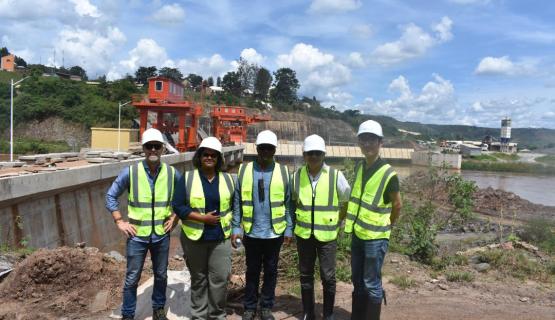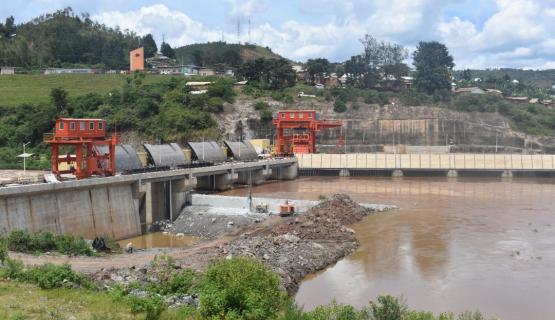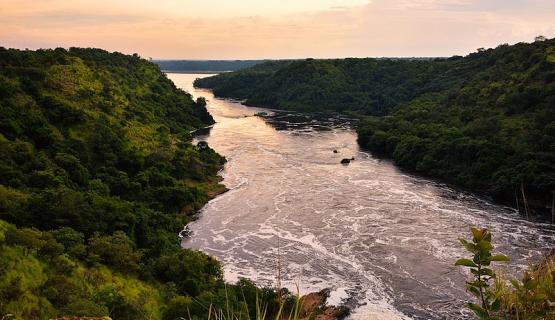Food security
GOAL 3: FOOD SECURITY
We invest together for a food secure future.
What does that mean? Most of the Nile water is used to produce food. Growing populations will require even more. Together, we grow more crops with less water, make the most of rainfall and trade food across the basin – so that there is enough food on the table of everyone.





